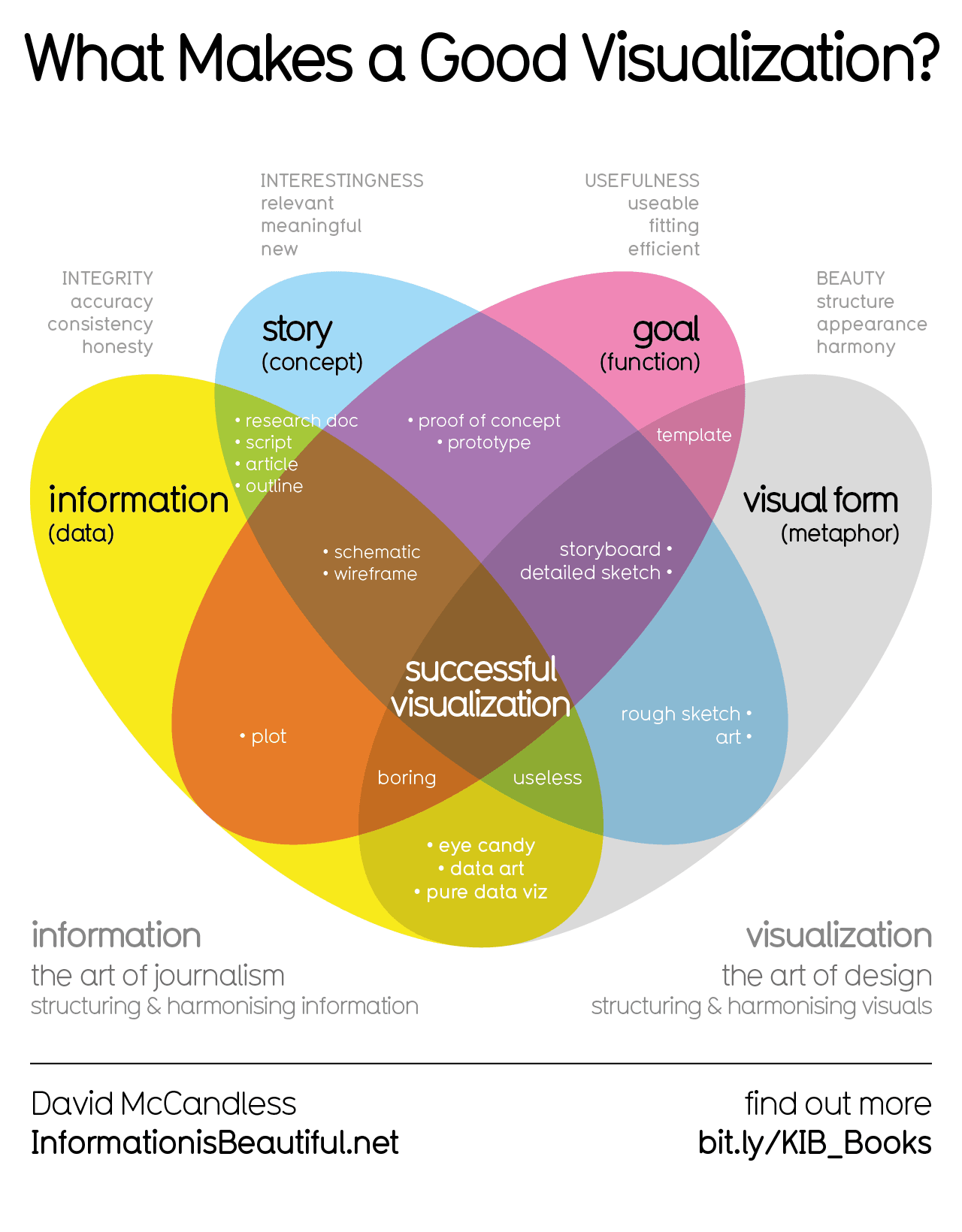

I’ve looked around quite a bit for The Tonight Show with Johnny Carson. No one seems to have the complete series. The show ran nightly for 30 years and amassed 6714 episodes so it would be quite a large torrent.


I’ve looked around quite a bit for The Tonight Show with Johnny Carson. No one seems to have the complete series. The show ran nightly for 30 years and amassed 6714 episodes so it would be quite a large torrent.


MicroEmacs was written in 1985 and has nothing to do with GNU Emacs (which people just call Emacs these days). It’s entirely outside of the vi-vs-emacs war.


All the spatial persistence stuff was handled by the desktop database which was an invisible file that got stored on the disk. Hard drives and floppies each had their own so that if you shared a floppy with a friend the spatial properties of the floppy would travel with it. This also worked if you moved a hard drive from one system to another for the same reason.
It also worked over AppleShare network file sharing. Where it didn’t work was if you had 2 different computers since there was no way to sync information between them. You essentially treated each computer as its own thing which is really more in keeping with the spirit of spatial design. After all, it would be really weird if 2 different drawers in different rooms in your house somehow always had identical contents which stayed in sync.


Q for all those with suggestions: do any of these attempt to replicate the Spatial Finder? No other system I’ve seen (contemporary to OS 9 or since then) seems to have got this element correct (or even attempted to do so).
It’s such a key part of the OS 9 (and earlier) experience. Double click a folder and it opens where you expect it to, in the shape you left it, with the icons laid out as you left them. It’s a method of working that gives you great familiarity and confidence.
If anyone’s worked in a kitchen or workshop for a long time and developed a deep memory for the layout and the location of every tool, material, and control, then they’ll know what I’m talking about. You can move around and work incredibly efficiently, relying greatly on muscle memory.
Since the demise of OS 9, the only way to retain this level of operation has been to rely heavily on the keyboard. Since almost everything on the screen is transient and unreliably positioned (non-spatial), only the keyboard is persistent enough to allow us to work at the speed of thought and rely on muscle memory. It’s been so long now that I think people forget (or never knew) that the contents of the screen could also be persistent and spatial this way.


A bit confusing to read. The points are placed on the y-axis using ordinals rather than cardinals. This means if you were to extend the plotting (say, up to 200) it would cause the existing data points to move around. That’s not usually what we expect when plotting data.
Edit: actually, the problem is more severe than I initially thought. If the y-axis were plotted with cardinals (the way we usually plot data) then the German case would show 10 horizontal lines, immediately revealing a pattern in the data (caused by Germans speaking the ones digit before the tens digit).


All of what you say is true of brand new shows as well, with even more room to experiment. I wish the Simpsons would just die and let new shows and new ideas take its place.
Honestly, what you’ve described sounds like a the Simpsons is an old, rich guy who pays young writers and artists to entertain him. Yes, he employs these people. No, I don’t think it’s anywhere even close to a good use of these economic resources. It’s for the same reason Hollywood makes so many comic book movies instead of dramas.
Ahhhh this is an absolute tragedy. The same thing goes with many movies from the golden age of Hollywood. I love to watch these old films. It breaks my heart that so many are lost forever.